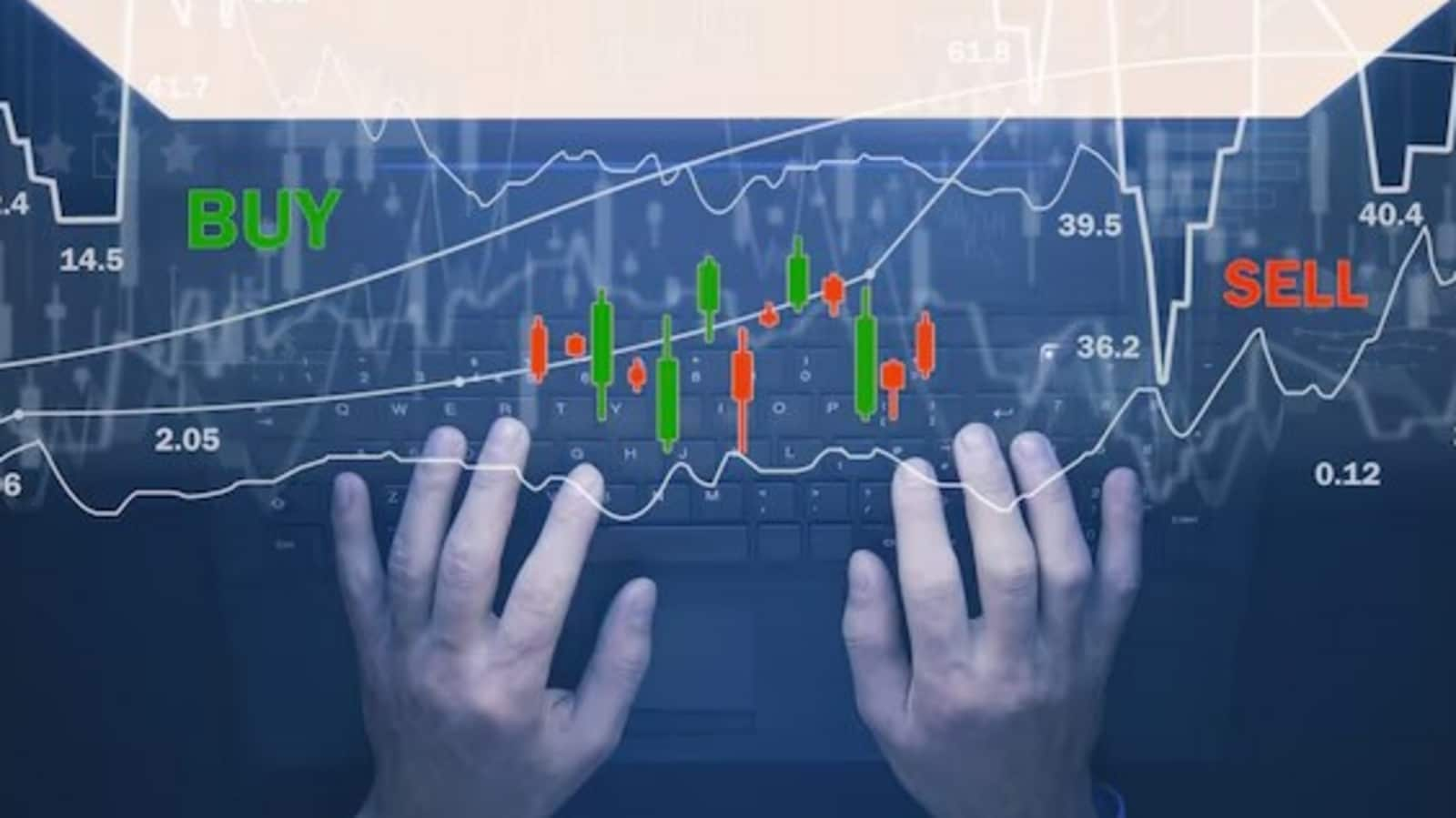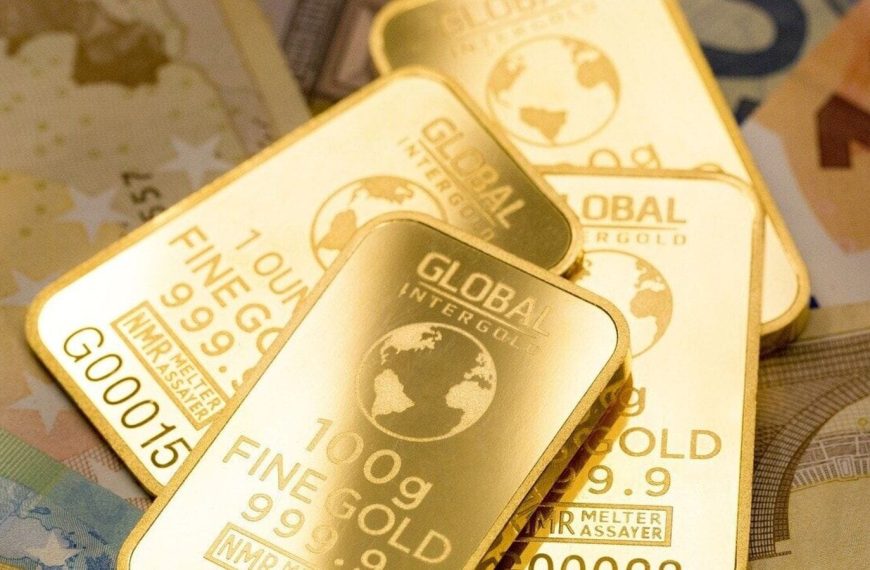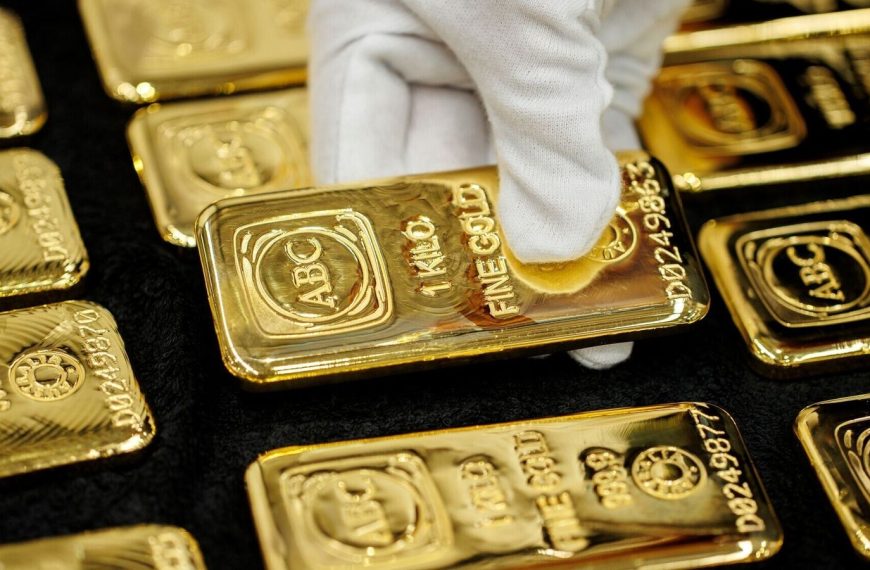Gold prices experienced a slight dip on Tuesday as improving trade relations between the United States and its global partners diminished the metal’s allure as a safe haven. Investors are eagerly awaiting critical economic reports that could shed light on the Federal Reserve’s future policy decisions. As the market adjusts to this evolving landscape, several factors are influencing gold’s trajectory.
Trade Dynamics Shifting
Spot gold decreased by 0.4%, reaching $3,329.12 per ounce, while U.S. gold futures fell by 0.2% to $3,342.40. According to Yeap Jun Rong, a market strategist at IG, the recent improvement in the risk environment has sparked optimism among investors. "Market participants are feeling more hopeful that the worst of the trade disputes is behind us, thanks to positive discussions surrounding potential trade agreements," he noted.
Promising Developments from Key Partners
Scott Bessent, the U.S. Treasury Secretary, highlighted that several major trading partners have presented "very good" proposals aimed at circumventing U.S. tariffs, with India positioned to be one of the first nations to finalize a deal. Furthermore, China has recently taken steps to exempt specific U.S. products from retaliatory tariffs, signaling a willingness to ease trade tensions.
- Key highlights:
- India likely to finalize a trade deal first.
- China shows signs of de-escalation in tariff disputes.
- U.S. administration plans to reduce tariffs on foreign parts for domestically manufactured vehicles.
Economic Outlook and Investor Sentiment
Despite these positive developments, economists remain cautious. A recent Reuters poll indicates a significant risk of a global recession looming this year, largely attributed to the adverse effects of tariffs on business confidence. Historically, gold has been a refuge during times of political and economic uncertainty, and it recently soared to an all-time peak of $3,500.05 per ounce amid heightened fears.
Key Economic Reports Ahead
This week, investors are closely watching a series of economic indicators that could impact market sentiment. Notable reports include:
- U.S. job openings data (due later today)
- Personal Consumption Expenditures report (Wednesday)
- Non-farm payrolls report (Friday)
Rong emphasized that "long-term structural factors are likely to support gold prices, reinforcing the overall upward trend, particularly with ongoing reserve diversification among central banks in emerging markets."
Other Precious Metals
In addition to gold, other precious metals are also showing mixed trends. Spot silver increased by 0.1% to $33.21 per ounce, while platinum prices remained stable at $986.00. Palladium, however, experienced a slight decline, dropping 0.1% to $948.06.
As the economic landscape continues to evolve, market participants are advised to stay informed about these developments that could significantly influence investment strategies in the precious metals sector.











